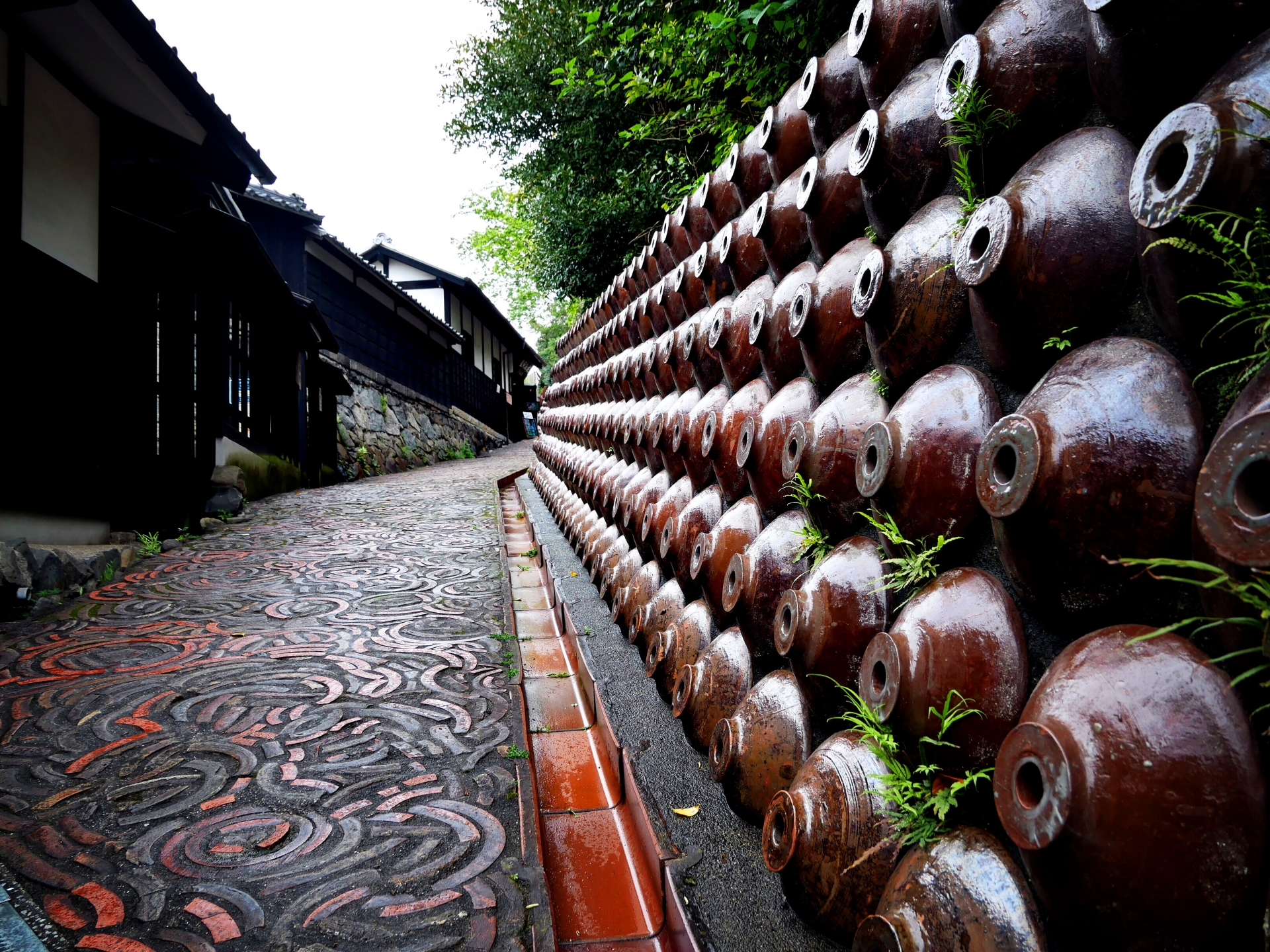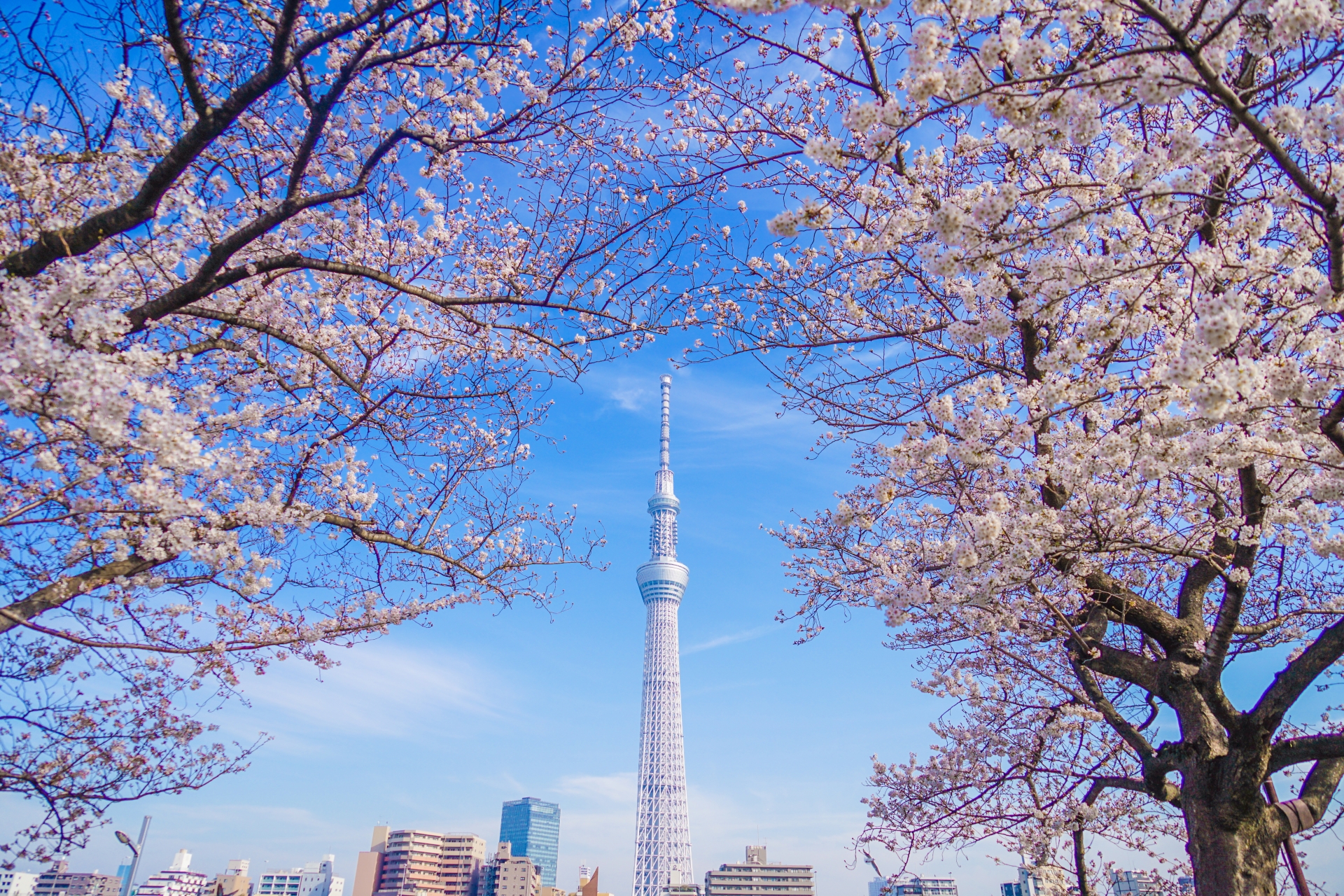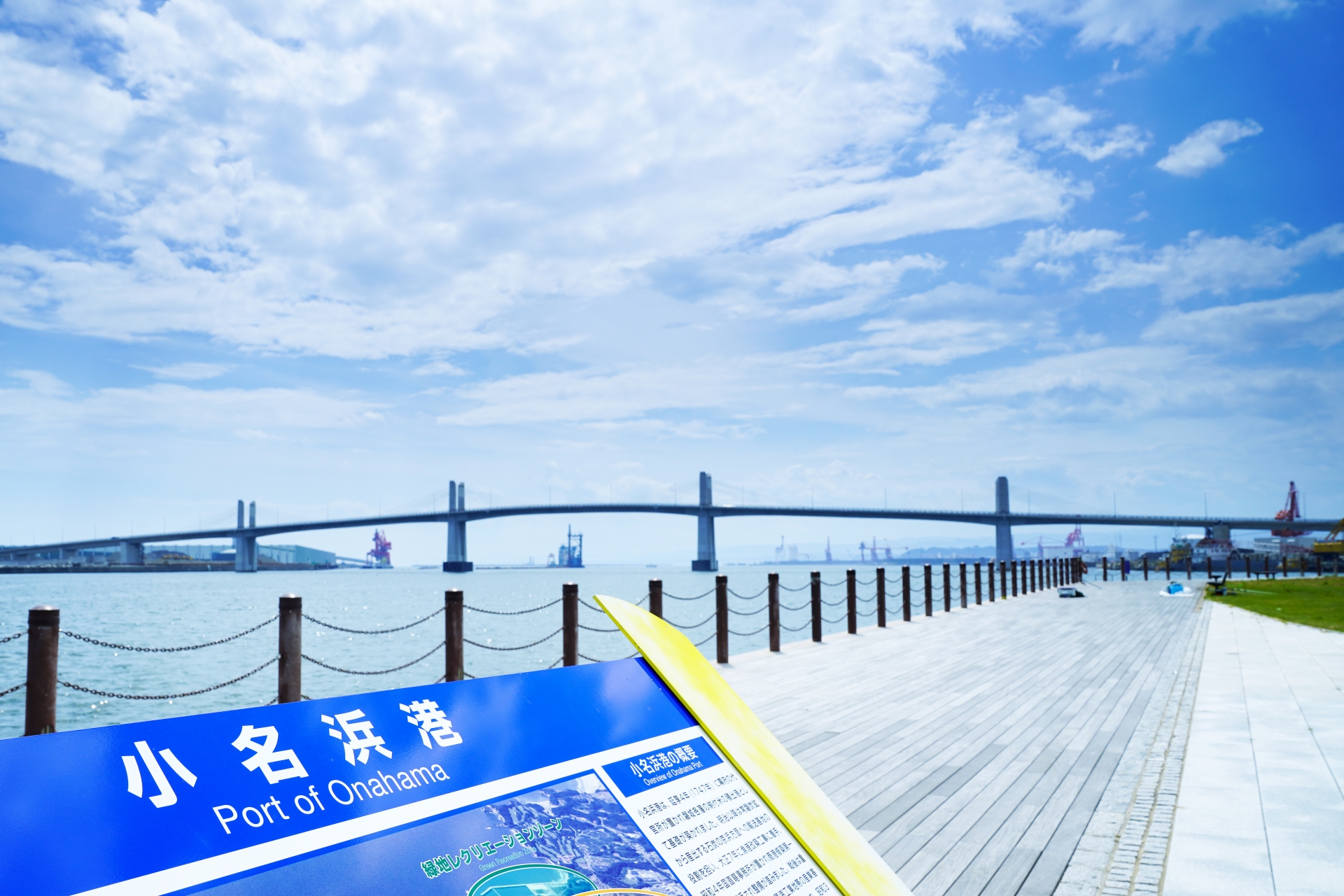Aichi prefecture in the Chubu region of Japan, is filled with so many great things to do. Starting with convenience of transportation, it has Chubu Centrair International Airport, which makes it easy for you to visit this part of the country. Furthermore, Nagoya, the biggest and most central city in the prefecture, has a very convenient subway system on which you can get anywhere in Nagoya. When it comes to sightseeing, many people tend to lean towards visiting Nagoya Castle and Nagoya Dome, among other popular tourist attractions. However, the locals actually want tourists to learn more about the real culture and traditions of Aichi. That being said, we will tell you about some of our recommendations to help you dive deeper into the true Aichi. We hope this will help make your trip more fun and authentic, instead of just visiting all the famous sightseeing spots!
1. Nerikiri Making
When it comes to artistic Japanese sweets, you can’t go without mentioning Nerikiri. Nerikiri is a Japanese sweet that you typically eat along with green tea, and is often served at tea ceremonies. At first glance, there is no doubt that you will be amazed with the intricate pattern and brilliant color, and see how it is considered “an art of Japanese sweets”. To be able to make these sweets with such elaborate patterns and color, it is said that you need at least 10 years of training at a Japanese sweets shop. But don’t worry! There is a workshop in Nagoya that beginners and first timers can take to experience making nerikiri sweets under the kind instruction of a professional nerikiri confectioner! If you are interested in the world of Nerikiri sweets, or just Japanese sweets in general, this tour would be great for you!
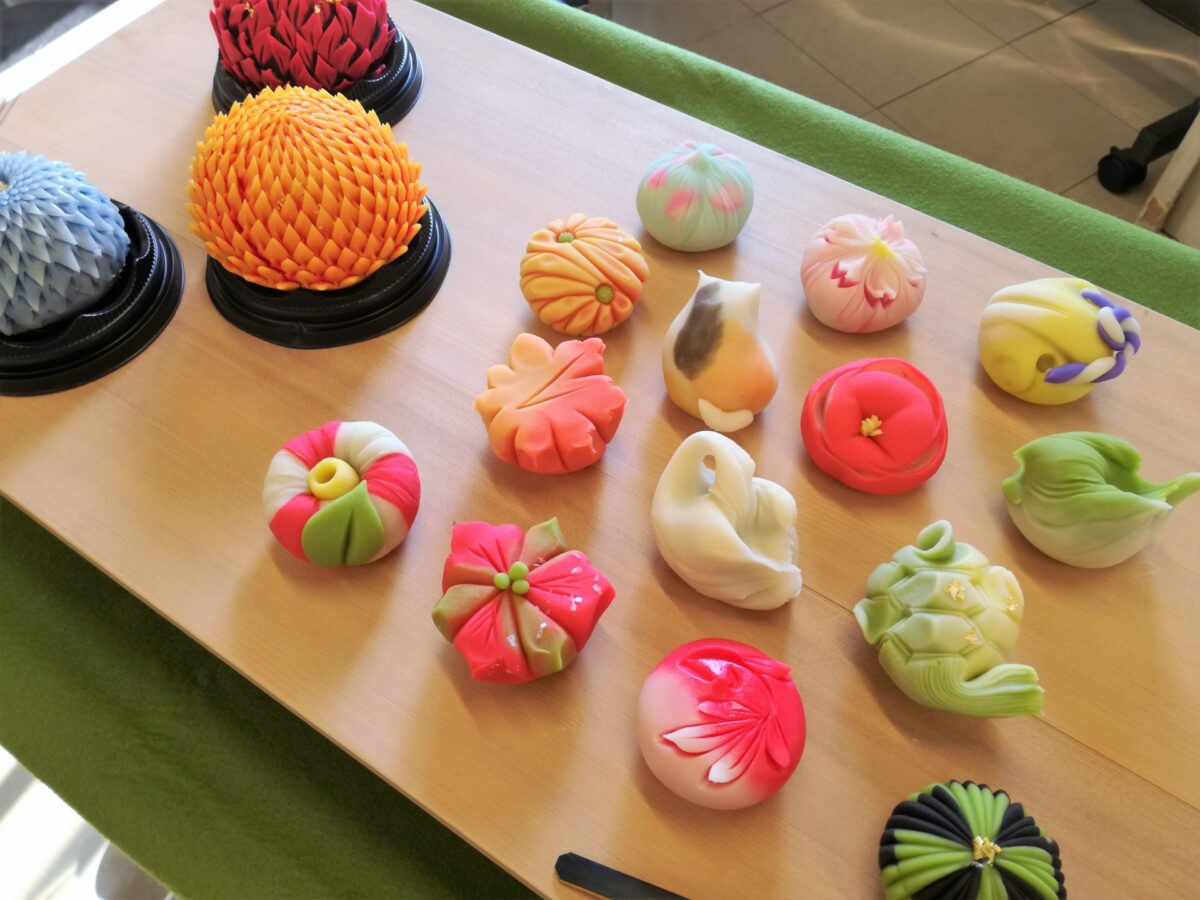
Recommended tour: Experience Pretty sweets (Nerikiri) making in Nagoya
2. Miso Factory Visit
Miso is a traditional Japanese seasoning that is indispensable in Japanese cooking. Miso is made by fermenting either soybeans, rice, or barley, along with koji mold and salt. As you can see from its name, it is an essential seasoning for making miso soup. Every Japanese household’s refrigerator is sure to be stocked with miso, and miso soup is a homely food that is regarded as “mother’s home cooking” in Japan. Miso is also used as seasoning for simple foods such as vegetable sticks, or as a soup base for stews and ramen. Each region in Japan produces different kinds of miso. The miso produced in Aichi is called “Hatcho miso (八丁味噌)”, which is a dark brown color and is rich in flavor. A tour of the Hatcho Miso Factory will give you an idea of how it is made and how it is used in everyday Japanese cooking. If you are interested in how miso is produced, you won’t want to miss this tour!
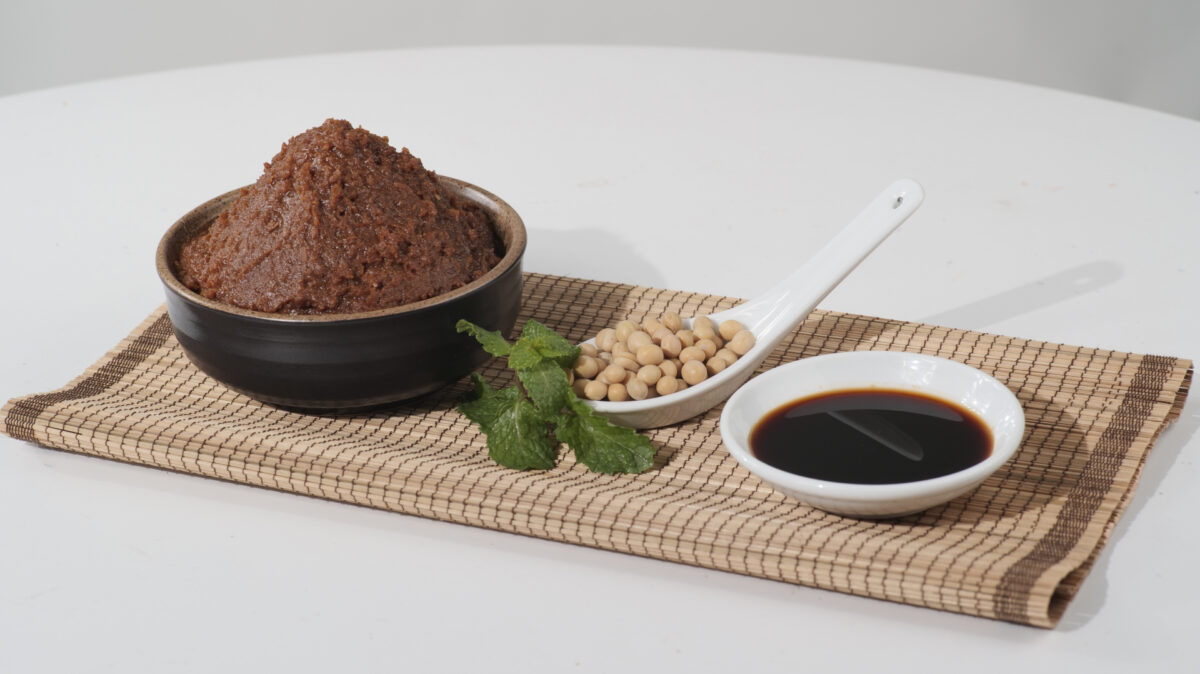
Recommended tour: Guided Factory Tour of Maruya Hatcho Miso in Okazaki, Aichi
3. Pottery Workshops
Aichi prefecture is also famous for its pottery culture. Tokoname City in Aichi has carefully preserved and passed down the pottery culture of Tokonameyaki, which has a history of over 800 years, dating back to the Heian period. Tokonameyaki is made of iron-rich clay from the Shiretoko Peninsula. This clay gives the pottery a beautiful vermilion color when it’s fired. There are pottery classes not only in Tokoname, but in other places throughout Aichi as well. Your instructor will help you in making your own pottery in their traditional workshop. It can be a lot of fun to make your own original ceramic items and take them home with you as souvenirs!

Official Website: Tokoname-kankou.net
Recommended tour: Nerikomi Pottery Lesson With a Famous Potter in Seto, Aichi
4. Soba Noodle Making
Soba is a special and traditional food from Japan. Soba noodles are usually boiled and eaten with hot soup, or chilled and eaten with the versatile tsuyu sauce. On New Year’s Eve, it is a Japanese tradition to eat “toshikoshi soba”. Soba is produced in many regions of Japan, and is made with ingredients that are unique to each region. For this reason, there are many soba fans all over Japan. You can have the experience of making soba in Aichi with a soba chef who will kindly teach you how to make and cut the traditional food. If you want to, you can even eat the soba you’ve made right on the spot! What do you say, how does it sound making and eating your own original soba noodles?

Recommended tour: Make soba noodles near Nagoya
5. Sake Brewery Tour
Japanese alcohol is something that can go great with a variety of different meals. Japan is most famous for their sake, which has a history that dates way back. For most people’s palettes, sake goes especially well with fish dishes, and can be a perfect drink to have while eating sushi and sashimi. Sake is made from rice, koji, and water, and can vary greatly in taste from spicy to sweet. Depending on the region, sake has its own special characteristics. The taste varies depending on the rice used as well as the quality of the water. Sake production is big in Aichi, and some of the breweries even have their own factory tours for visitors who want to learn more and try the local sake. This is a great opportunity for those who have an interest in alcohol and sake!
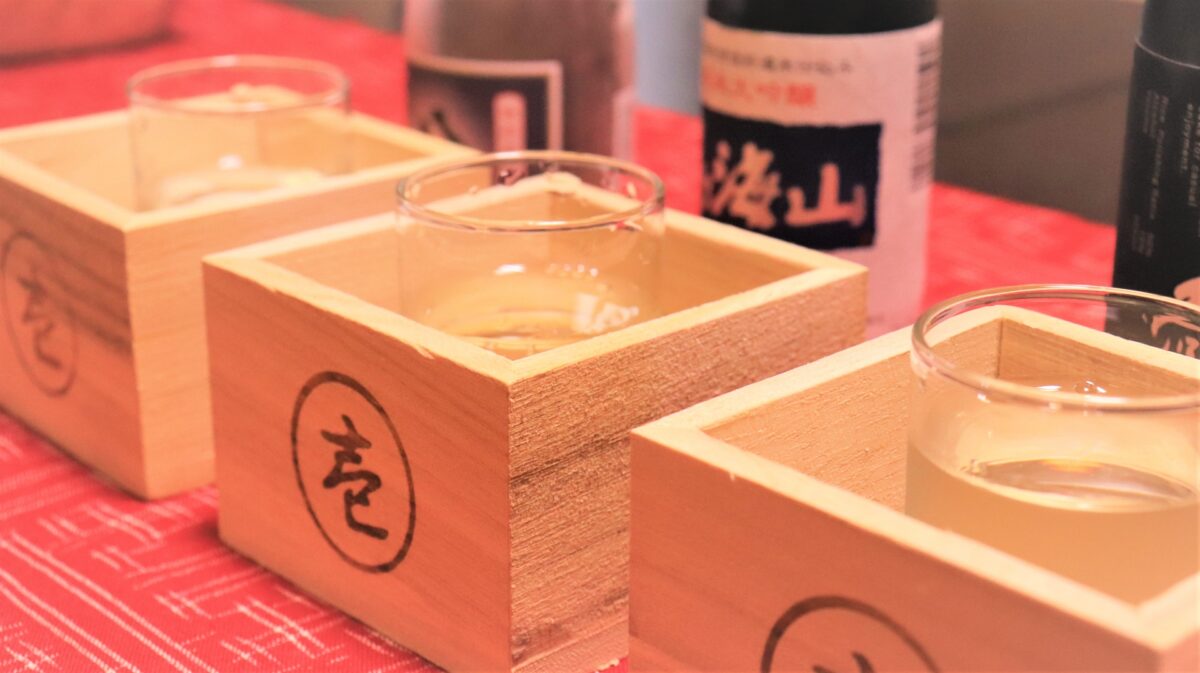
Recommended tour: Go to a Sake Brewery tour near Nagoya
6. Ukai Fishing
One of the more unique ways of fishing in Japan is called Ukai(cormorant fishing). This form of fishing uses trained cormorants(aquatic birds) to help catch ayu and other types of river fish. Today, cormorant fishing is still practiced in some parts of China and also on the Kiso and Nagara River in Japan. The Kiso River runs through Inuyama City in Aichi Prefecture where this type of fishing is practiced from June to October every year. It has become somewhat of a summer tradition. During the cormorant fishing season, sightseeing boats take people out onto the water, where you can get a closer look at the action. This is a seasonal event, so if you are in Aichi over the summer, be sure to check out this unique event!
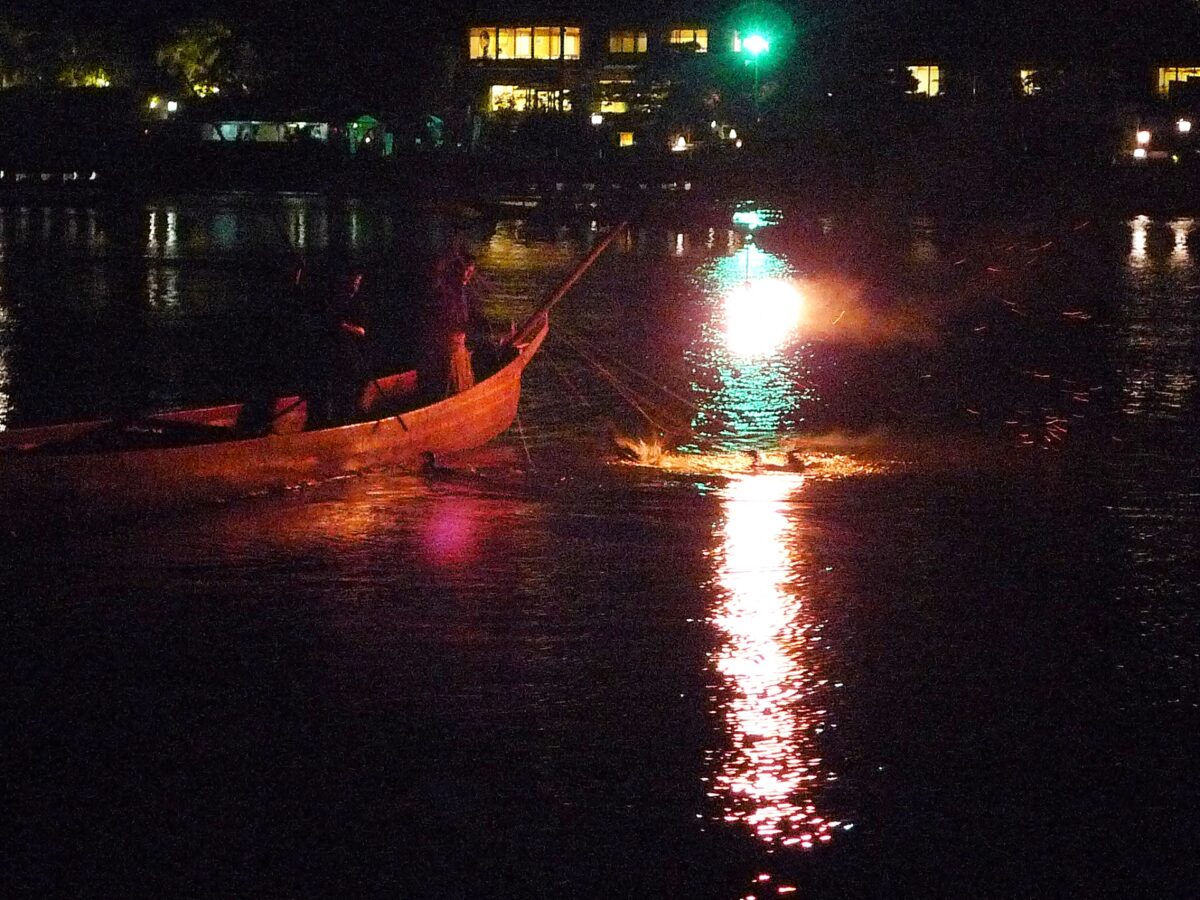
Recommended tour: Watch Ukai Fishing on the Kiso River in Inuyama, Aichi
7. Fermented Food
After going on the miso factory tour, you surely want to put all of your knowledge to use right? By partaking in this traditional Japanese experience, you will be able to learn about the culture of Japanese fermented foods including miso, from a miso professional. After learning more about fermented food, you will have the chance to make your own miso! Your instructor will help you on your path to becoming your own miso master!
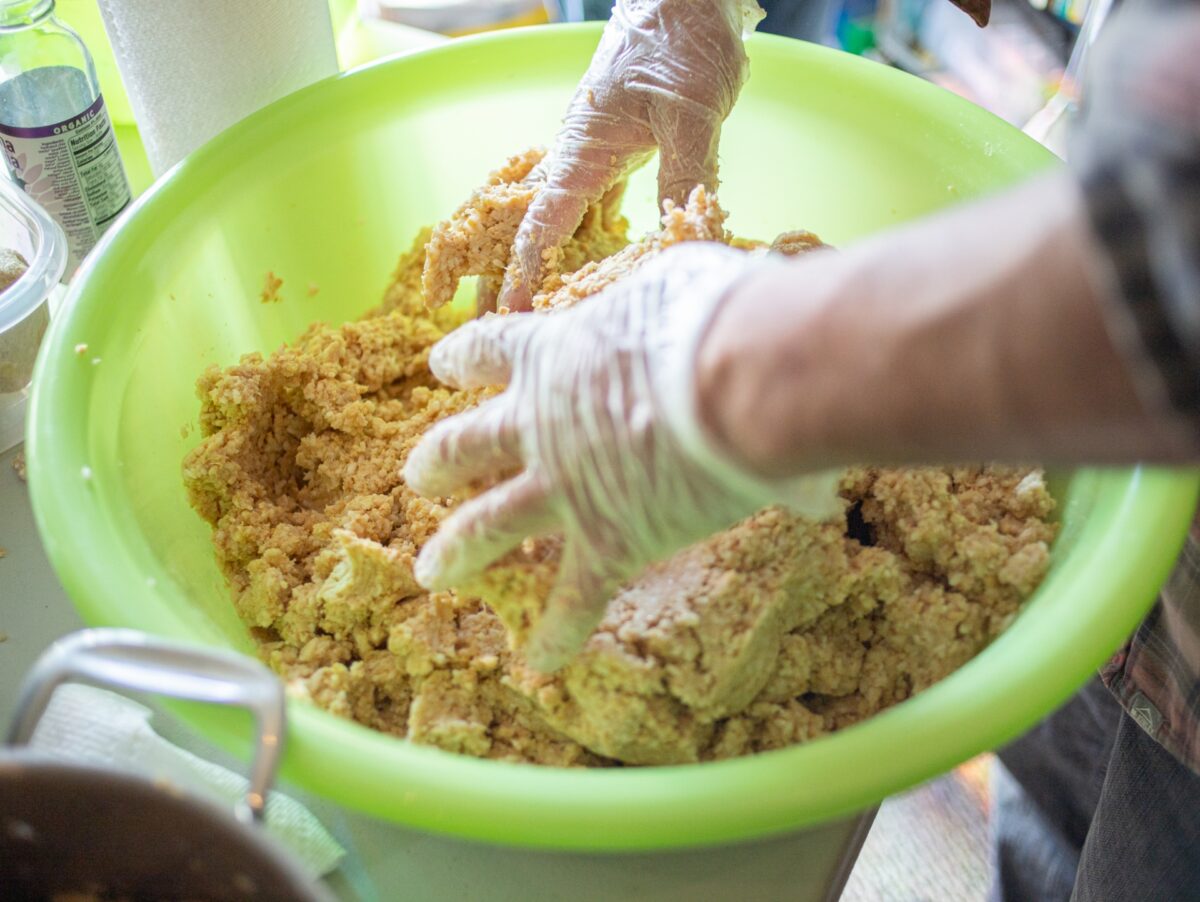
Recommended tour: Study Fermented Foods & Make Kome Miso in Inuyama, Aichi
8. Knife Workshop
There are many types of Japanese knives that are essential for cooking Japanese food. From the old days, Japan has used traditional ways to sharpen their knives, and they continue to use the same methods today because they work so well. For some time now the sharpness and precision of Japanese knives has attracted the attention of chefs from all over the world, many of whom come to Japan to purchase them. There is an amazing hands-on tour where you can select a knife of your choice and sharpen the knife with the help of a professional craftsman. It is a very cool experience sharpening your own Japanese kitchen knife and can also make for a special gift.
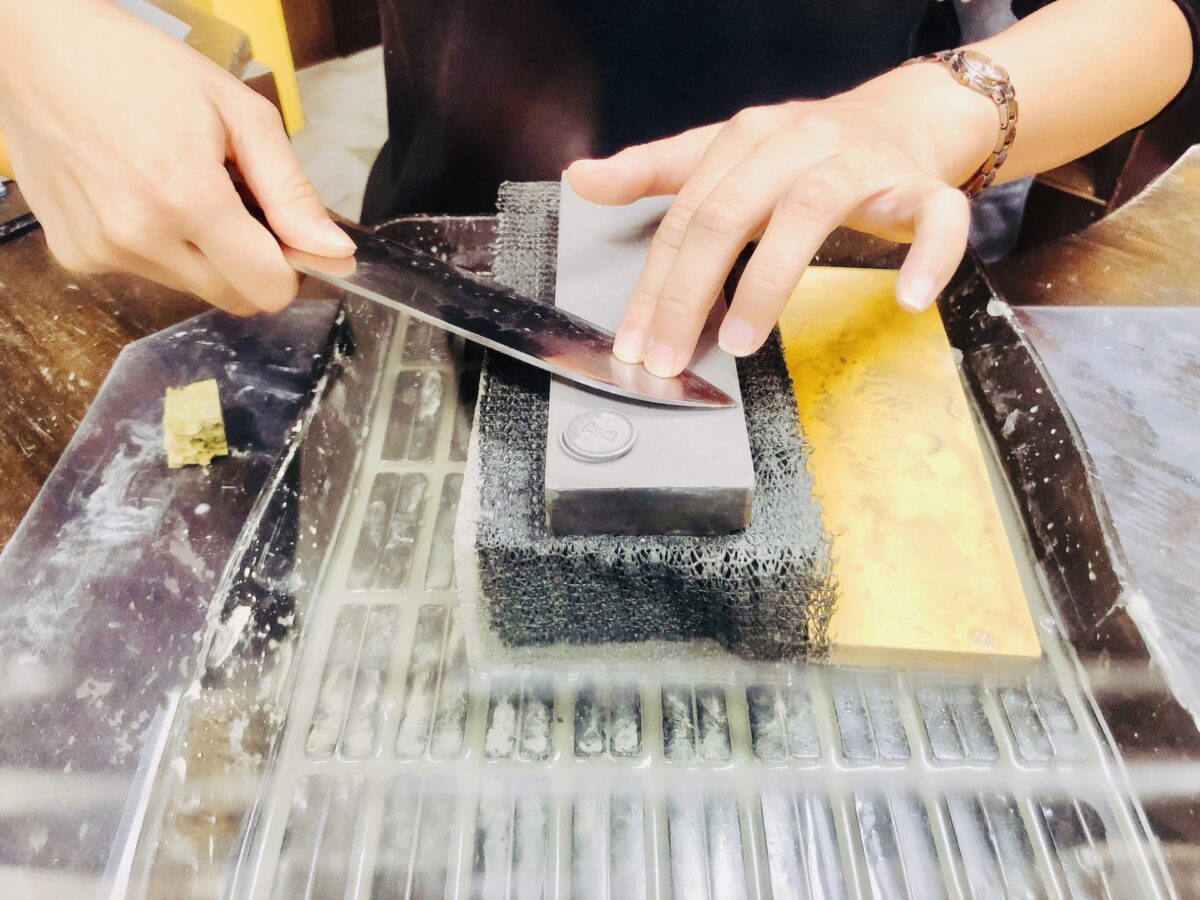
Recommended tour: Choose and Sharpen a Japanese Knife in Nagoya With an Expert
9. Tea Farm Visit
When it comes to Japanese tea culture, matcha is one of the most famous and important types of tea. With its moderately bitter taste, it goes perfectly with Japanese sweets. Nowadays, matcha is not only used for making tea, but is also used in making sweets and as an ingredient for cooking. It can be a fun and educational experience learning about how matcha leaves are cultivated and made into powder form. There is also a tasting portion where you can try different kinds of matcha for yourself!

Recommended tour: Tour a Tea Farm & Taste 2 Kinds of Matcha in Nishio, Aichi
10. Workshop at Sanshu Asuke Yashiki
Sanshu Asuke Yashiki is a sightseeing spot in Toyota City that is an open air working museum that portrays the local history and folklore. This facility was founded as a means to tell people about the timeline of the local Japanese technology, dating from that which was used in households in the mountain villages long ago all the way to present day technology. In fact, many of the staff members even give a demonstration of what life was like back then, using the crafts and tools from those times. For example, papermaking, weaving, and indigo tie dying among other things. You can also join the various workshops and do the traditional crafts for yourself!
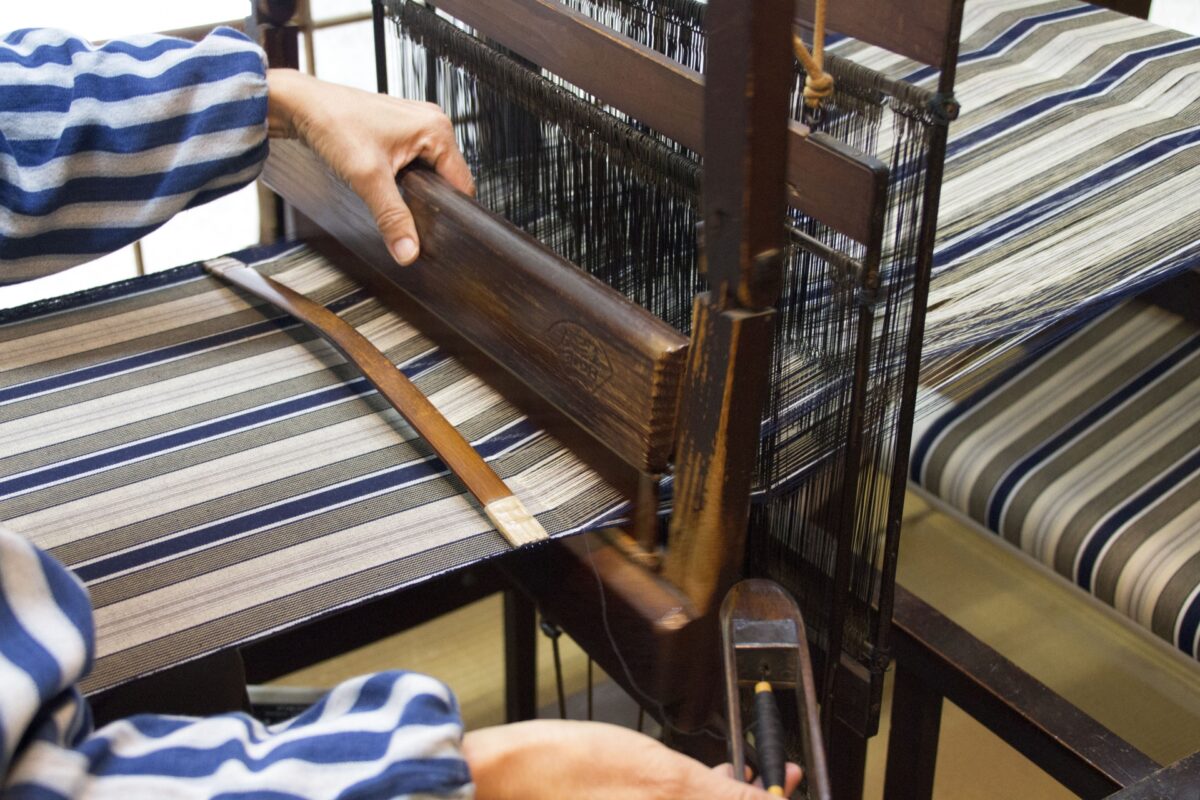
Official Website: Sanshu Asuke Yashiki
We talked about 10 fun experiences that can make your trip to Aichi all the better! Are there any experiences or tours in particular that you want to check out? Upon planning your trip, be sure to book the tours ahead of time, which can easily be done through the previously mentioned websites. All of the above are local experiences that are special to the Aichi area. We hope you learned something new and are able to partake in some of these fun traditional Japanese experiences in Aichi!
Follow us on Instagram, Facebook and Twitter for more travel inspiration. Or tag us to get featured!
Happy traveling!
Other articles you might be interested in

Mao Goto is a Japanese freelancer who was born in Hayama, Kanagawa prefecture, and raised in Tokyo. Since 2016 she lives in the Taito Ward, home to a lot of Japanese culture hotspots such as Asakusa, Akihabara, and Ueno. She has been interested in the field of English education of Japan and got her Master’s degree in March, 2020. A lover of photography, travel, sweets, and cross-stitch. Contact her via Facebook.
This post may contain some affiliate links. When you click through and make a purchase we may receive some commission, at no extra cost to you.
